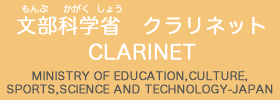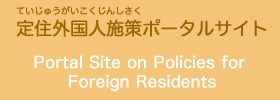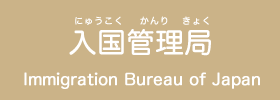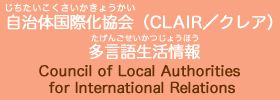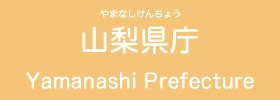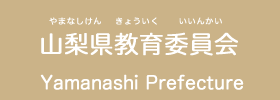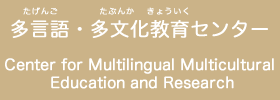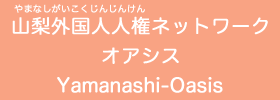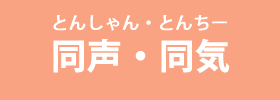
- Home >
- Information on Nursery Schools and Kindergartens >
- What is a kindergarten?

Kindergarten is a place that will take care of children between the ages of 3-5 years old, before enrolling into elementary school. There are public and private kindergartens available. You can leave your child there, even if one parent or guardian is at home during the daytime. The function of kindergarten is different from that of nursery school. In nursery schools, children are taken care of by staff members in place of their parents for most of the day. Unlike nursery schools, kindergartens’ focus is not just to provide care for children. Kindergarten is an institution where students learn to adapt to a school environment with classmates in preparation for when they start attending elementary school. Like elementary school, the kindergarten school year is divided into three semesters. There are no classes held on Saturdays. They also have summer, winter and spring breaks. [Table 1] Kindergarten school events over the course of a year- provides an example of the activities that occur throughout the school year. Please use this as a general reference for what to expect should your child attend kindergarten. The three types of kindergartens are detailed below.
National public kindergartens are created by the national government
Prefectural/municipal public kindergartens are created by the prefectural or municipal governments
Private kindergartens are created by private individuals or organizations
[Table1] Kindergarten school events over the course of a year
 |  Entrance & Start of semester ceremonies Entrance & Start of semester ceremonies |  | Summer Break Azukarihoiku (A special day when kids spend the entire day in school and do various special activities. The activities can vary depending on the school) |
 Physical check-up Physical check-upField trip for children and parents |  | Start of Semester Ceremony Sofubosankan (a day when grand parents can come to the school to observe their grandchildren’s behavior, school conditions, various events, etc.)  | |
 Hoikusankan (a day that parents can come to the school to observe their children’s behavior, school conditions, various events, etc.) Hoikusankan (a day that parents can come to the school to observe their children’s behavior, school conditions, various events, etc.) |  Potato Harvest Sports Festival Potato Harvest Sports Festival | ||
 Pool playtime Tanabata
(Star Festival) Pool playtime Tanabata
(Star Festival) |  Bazaar Bazaar | ||
 Summer Festival Summer Camping Trip Summer Festival Summer Camping Trip End of Semester Ceremony |  Christmas Celebration Student Performances Christmas Celebration Student PerformancesEnd of Semester Ceremony Winter Break | ||
 | Start of Semester Ceremony Rice cake-making Kite Flying Day Rice cake-making Kite Flying Day |  |
 Birthday Parties Birthday Parties Height/Weight measurements Height/Weight measurements Disaster training drills Disaster training drills |
 Setsubun Setsubun (a holiday to celebrate the coming of spring) | |||
 Hinamatsuri (doll festival) Hinamatsuri (doll festival)Graduation Ceremony End of School Year Ceremony Spring Break |
Kindergartens hold classes Monday through Friday. Generally, classes start at 10AM and end at 2PM. Some schools will allow children to enter as early as 8:30AM until about 6PM, which is called “Azukarihoiku” in Japanese. Some schools are even open during Saturdays, as well as summer and winter breaks. This is also called Azukarihoiku. These special Azukarihoiku school days can vary greatly depending on the school, so please consult with the school principal and teachers about these special days.
Generally, families will be required to provide their own children transportation to and from school. However, some kindergartens will offer transportation to children by bus for a fee. Students usually bring their own lunch to school. Some schools provide school lunch two or three times a week for a fee.
Please refer to section 2, table 1 of this packet (【2. What is a nursery school? , 【Table 1】 Nursery school and kindergarten daily schedule】)
For a detailed illustration of the supplies generally required in kindergartens, please refer to section 2, table 5 of this packet. (【2. What is a nursery school? , 【Table 5】 Supplies required for children 3 years and above】) The supplies required are generally the same between kindergartens and nursery schools.
→ 1.Information on Nursery Schools and Kindergartens
→ ① Differences between nursery schools and kindergartens
→ ③ Nursery school admission procedures and fees
→ ⑤ Kindergarten admission procedures and fees
→ ⑥ Procedures during times of sickness and natural disasters in nursery schools and kindergartens











